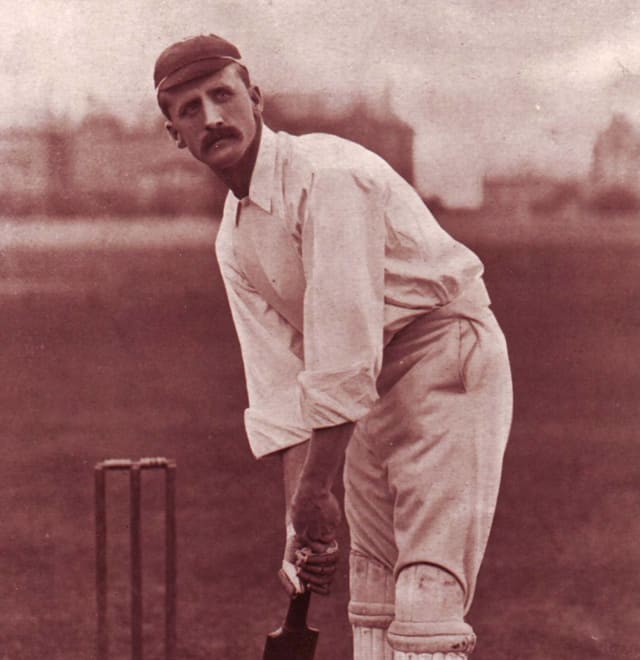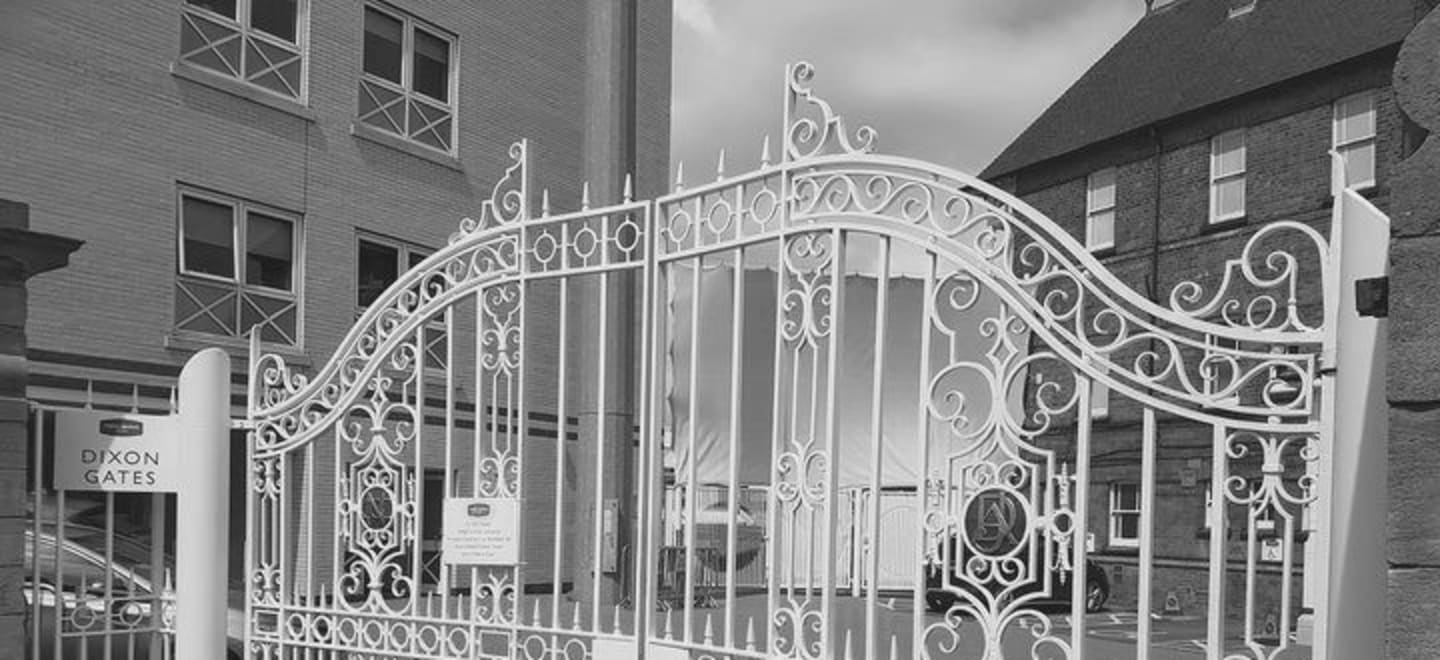Ninety years ago, as the new cricket season got into full swing, most attention was on the forthcoming West Indies test series and the possible role of Notts fearsome Ashes-winning bowling partners, Larwood and Voce.
Curiously, the one place where this wasn’t the primary topic of conversation was at Trent Bridge where, on 2 May 1933, a large gathering of dignitaries joined Sir Stanley Jackson, the England and Yorkshire cricketer, for the official opening ceremony of the J A Dixon Memorial Gates.
The Memorial Gates had been paid for by public subscription and erected in recognition of John Auger Dixon’s fifty-year association with Trent Bridge as batter, skipper and administrator.
The Rev F W Paul, a friend of Dixon for more than 50 years, performed the dedication service in front of a large crowd. Bridgford Road was closed and our files contain letters from the Bus Company agreeing to divert the buses which normally used Bridgford Road. The widow and two daughters of Dixon were the first to walk through the newly dedicated gates.
John Augur Dixon was born in Grantham in May 1861 but moved to Nottingham at the age of 13, attending Nottingham High School. A talented sportsman, his first claim to fame was on the football field. 
Making his first appearance for Notts County in September 1883, he performed so consistently well as an inside forward that in 1885 he was capped by England against Wales at Leamington Road, the former home ground of Blackburn Rovers. An injury ended his footballing days in 1888 and it was then that his cricketing career really blossomed.
In 1889 he was appointed Notts captain, a position he held for ten years. Although he failed to become a double international, he was picked regularly for the major domestic match of the season – Gentlemen v Players. In 1897, Dixon was invited to tour Australia with the England team but had to decline the offer for business reasons. 1897 had been his best summer with the bat and his innings of 268no against Sussex at Trent Bridge that year was at the time the highest individual score for the County.
In all Dixon scored 9,527 runs, average 24.18 and took 184 wickets, @ 27.60. Against Lancashire in 1887 he achieved the hat-trick, having the Nottingham-born Johnny Briggs caught and clean bowling Walter Robinson and George Yates.
Elected to the Notts Committee in 1895, he was appointed a life member of the Committee in 19l0, an honour which has only been awarded once since then. In 1905 he became the first Notts player to be appointed as a Test Selector and for many years was the Notts representative on County Committees at Lord’s.
In 1887 he took a leading role in establishing the Boys Brigade in Nottingham, being captain of the 1st Nottingham Company. His business life revolved round the wholesale clothing of Messrs Dixon and Parker Ltd, of which he was long time Chairman.
After Dixon’s death, at his home in The Park in June 1931, the Notts Committee decided to launch an appeal to collect money for memorial gates, the cost of which turned out to be in excess of £500. The Gates were designed by Beeston-based architect Harry Goodall, who played five First-Class matches for Notts between 1902 and 1905, making his debut v Leicestershire in a Notts line up that included Arthur Shrewsbury, John Gunn and skipper A O Jones, as well as John Dixon.
The inscriptions on the two bronze panels, which are set in the stone work either side of the gates, were written by E V Lucas, who claimed that it was the first time he had been asked to 'write a gate'. A famous columnist and essayist, many for the humorous magazine Punch, Lucas wrote many cricket books and was later asked by Sir Julien Cahn to edit One Hundred Years of Trent Bridge, a book Cahn published in 1938 and gave to every member of the County Club.
In addition to the assembled throng of local worthies, the opening ceremony was attended by then club captain Arthur Carr and the players who the following day were among the first to walk through the newly-dedicated gates to play their season opener against Worcestershire.
May 2023
The Dixon Gates as they look today:
